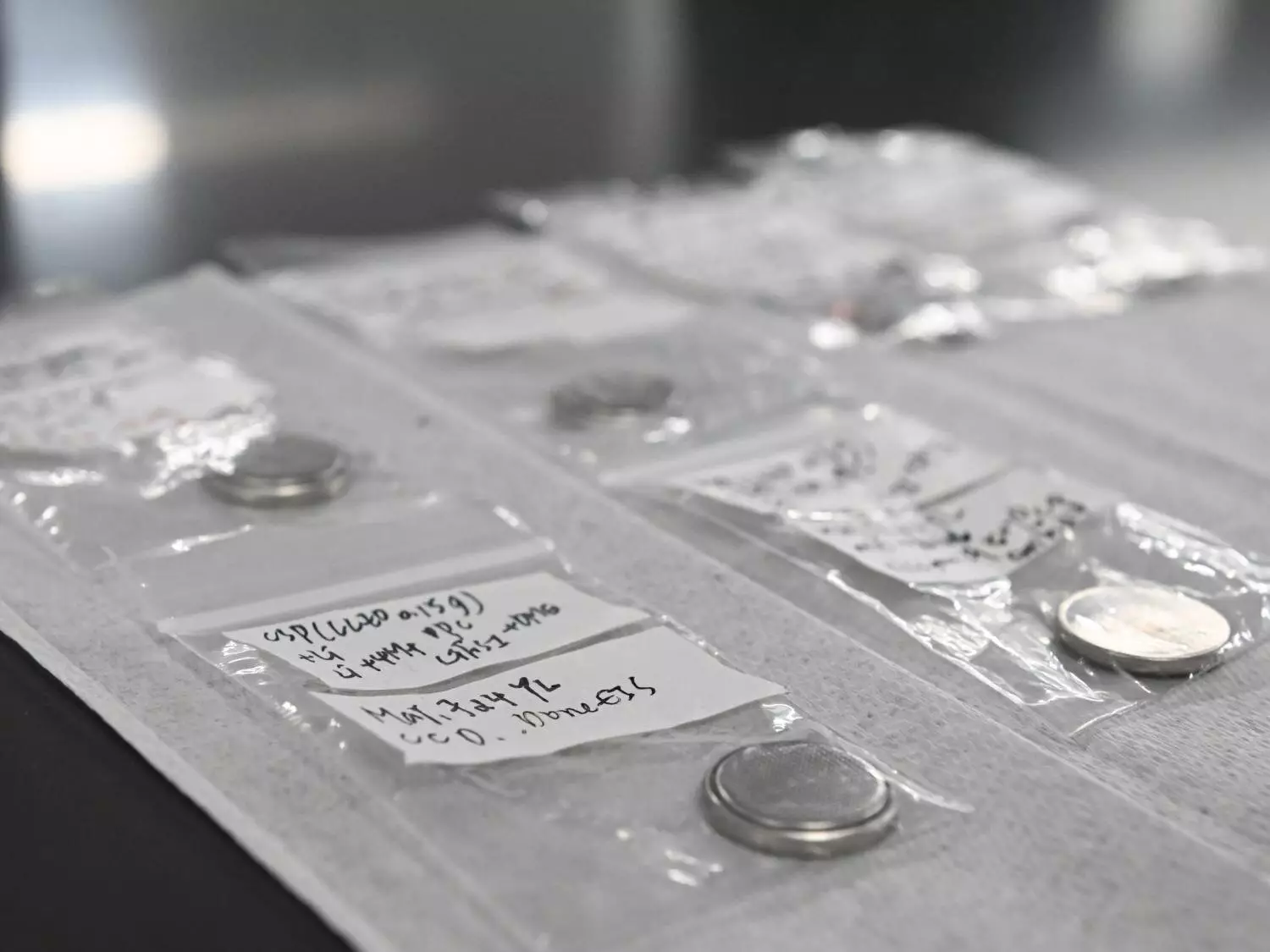The development of rechargeable solid-state lithium batteries represents a significant advancement in battery technology. These batteries have the potential to power electronic devices for extended periods on a single charge, offering enhanced energy density compared to traditional lithium-ion batteries. In addition, solid-state lithium batteries are a safer alternative due to their non-flammable nature. However, one major drawback is their lack of environmental friendliness, as current recycling methods only focus on recovering metals from the cathodes, leaving the rest of the components as waste.
A team of researchers at Penn State, led by Enrique Gomez, has made a groundbreaking discovery in the recycling of solid-state lithium batteries. By redesigning the battery components, they have created a system where all parts of the battery can be easily recycled. This innovative approach addresses the issue of waste generation during recycling and opens up new possibilities for sustainable battery technology.
Traditionally, the recycling of battery components results in a mixed “black mass” that is difficult to separate into its individual parts. This challenge is exacerbated in solid-state batteries due to the presence of solid electrolytes that become intertwined with the black mass. To overcome this issue, the researchers introduced polymer layers at the interfaces of electrodes and electrolytes before recycling. By dissolving these polymer layers during the recycling process, they were able to separate the electrode and electrolyte, making the recycling process much more efficient.
One of the key technologies used in the recycling process is cold sintering, a method developed in 2016 by a team at Penn State led by Clive Randall. Cold sintering involves combining powder-based materials at low temperatures using applied pressure and solvents to create dense forms. The researchers successfully used cold sintering to create a composite material from recovered metals and electrodes, enabling them to reconstruct the battery with the polymer layers intact.
After testing the performance of the recycled battery, the researchers found that it retained between 92.5% and 93.8% of its original discharge capacity. This impressive result demonstrates the feasibility of recycling solid-state lithium batteries and highlights the potential for designing recyclable versions of these batteries in the future. As the commercialization of all-solid-state lithium batteries continues to evolve, the work done by the Penn State research team provides crucial insights into sustainable battery design and recycling processes.
The research conducted by Enrique Gomez and his team at Penn State represents a significant step forward in the quest for recyclable solid-state lithium batteries. By addressing the challenges of current recycling methods and implementing innovative design elements, they have demonstrated a sustainable approach to battery technology. As the demand for rechargeable batteries grows, it is essential to consider the end-of-life of these products and invest in recyclable solutions for a more sustainable future.


Leave a Reply